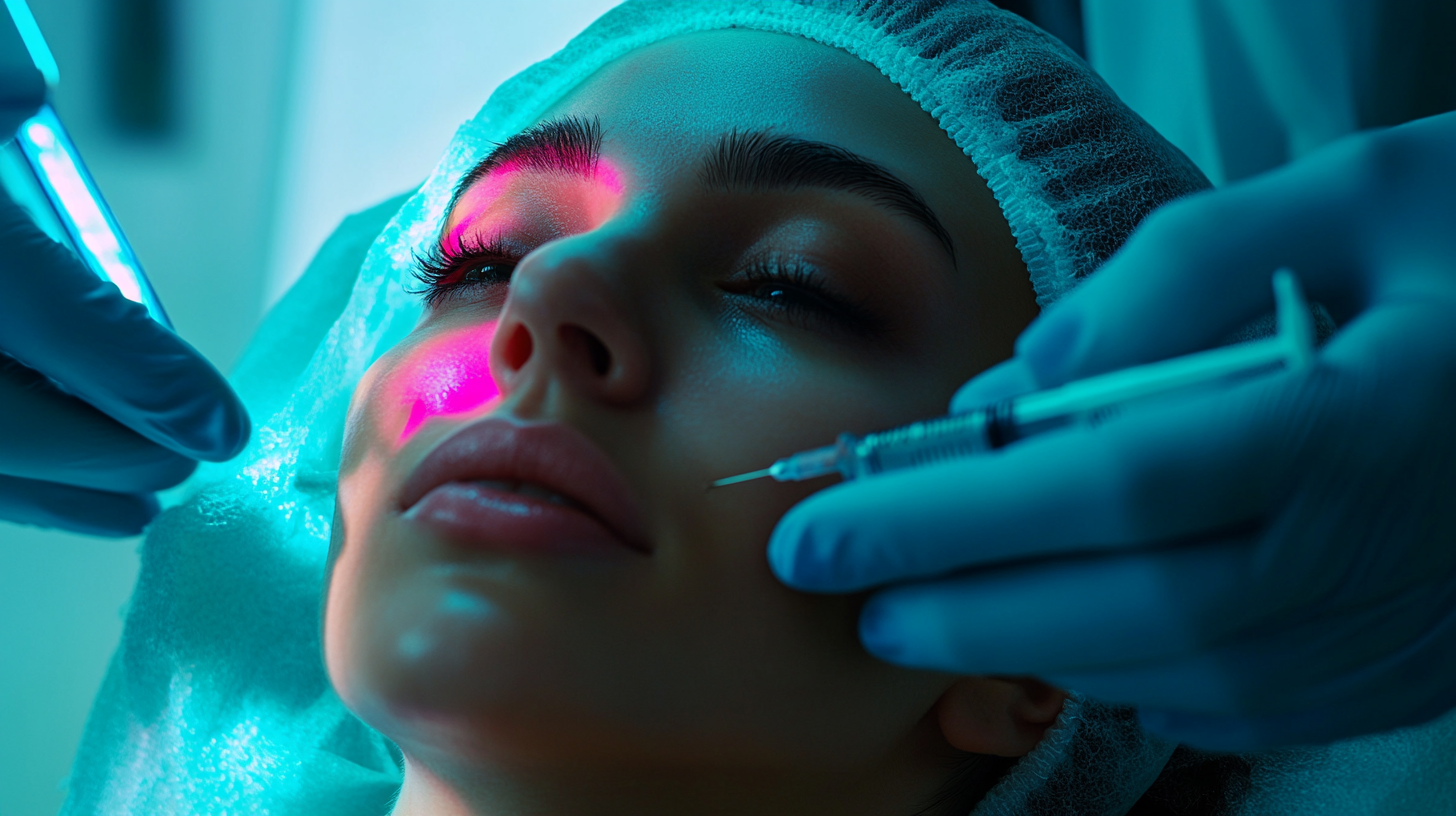
Navigating Hyaluronic Acid Fillers: Risks, Best Practices, and Alternatives

Understanding Hyaluronic Acid Fillers: Trends, Risks, and Best Practices
The beauty industry has experienced a monumental shift over the past decade, with hyaluronic acid fillers becoming a staple for those seeking a more youthful appearance. However, as the popularity of these treatments soars, so does the caution surrounding their use. While many celebrate the enhancements that fillers can provide, there's a growing dialogue about the potential downsides, especially regarding excessive use. In this blog, we will explore these evolving perceptions, discuss important best practices for treatments, and shed light on alternatives to fillers.
The Rise of Hyaluronic Acid Fillers
Hyaluronic acid fillers have gained significant traction among consumers seeking to improve their looks without the downtime associated with surgical procedures. From plumping lips to smoothing facial lines, these fillers can undoubtedly enhance one's appearance. Recent reports indicated an 8% increase in treatment sessions for hyaluronic acid fillers from 2022 to 2023, showcasing a growing acceptance among the public.
Despite their popularity, patients are becoming more knowledgeable about the risks and potential complications associated with overuse. The idea of "overfilling" has become a widely discussed topic, as many people want to avoid the infamous "pillow face" or other unnatural effects resulting from excessive filler applications. The rise in awareness around these concerns is helping to shape the conversation in aesthetic practices.
Risks and Complications of Overfilling
As appealing as filler treatments can be, the risks involved cannot be overlooked. Overfilling can lead to a variety of undesirable outcomes. Some common complications include:
- Tissue Expansion: Excessive filler can stretch the skin and create an unnatural appearance.
- Persistent Filler Effects: If too much filler is administered, it can sometimes lead to lasting changes that are difficult to reverse.
- Lumps and Swelling: Patients may experience unevenness or swelling that can persist without proper management.
The key to minimizing these risks lies in the expertise of the injector. An experienced, board-certified injector can effectively avoid many of the common pitfalls associated with filler treatments through knowledge of anatomy and the appropriate application techniques.
Best Practices for Filler Injections
Experts underscore the importance of following best practices when it comes to filler injections. Here are some vital tips:
Choose Experienced Injectors: Always opt for board-certified injectors who have a deep understanding of the filler products they use. Their expertise is crucial in ensuring the right amount is administered and placed correctly.
Start Slow: If you’re new to fillers, it’s advisable to take a conservative approach. A little can go a long way, and gradual application allows for better control over the outcome.
Avoid Routine Touch-Ups: Many professionals recommend steering clear of scheduled touch-ups unless necessary. Hyaluronic acid fillers typically offer good longevity, so patients shouldn't feel the need to return regularly for maintenance.
- Assess Your Candidacy: Certain treatments, like under-eye fillers, may not be suitable for all patients. Improper application in this area can lead to persistent lumps and swelling. A careful evaluation by a qualified professional is essential.
Exploring Alternatives to Fillers
While hyaluronic acid fillers are a popular choice, they’re not the only option available. A holistic approach to aesthetics, including a combination of treatments, can yield stunning results. Here are some alternatives to consider:
Laser Treatments: Lasers can rejuvenate skin without the need for fillers, addressing issues such as pigmentation, texture, and fine lines.
Retinol and Other Skincare: Invest in an effective skincare routine that includes retinol, vitamin C, and other active ingredients to enhance the skin's appearance and health naturally.
Microneedling: This technique stimulates collagen production, improving skin texture and firmness over time without any fillers.
- Skin Tightening Devices: Non-invasive treatments that use radiofrequency or ultrasound can lead to firmer skin without adding volume through injections.
The Need for a Holistic Approach
Experts advocate for a comprehensive perspective on aesthetic enhancements. Instead of relying solely on fillers for a youthful look, consider integrating sun protection, quality skincare, and other non-invasive treatments into your routine. This multi-faceted approach not only boosts your appearance but also supports long-term skin health and vitality.
Conclusion
The conversation around hyaluronic acid fillers is continually evolving. While they undoubtedly hold a place in modern aesthetic practices, increasing awareness of their risks is shaping how we approach their use. By choosing knowledgeable injectors and maintaining a holistic view of beauty, individuals can navigate the world of fillers with confidence. As trends shift and more effective alternatives emerge, staying informed will help you make the best decisions for your skin.
At Beauty Blog, we’re committed to providing you with the latest insights and trends in beauty. Be sure to explore more of our blogs for up-to-date information and tips to help you look and feel your best!